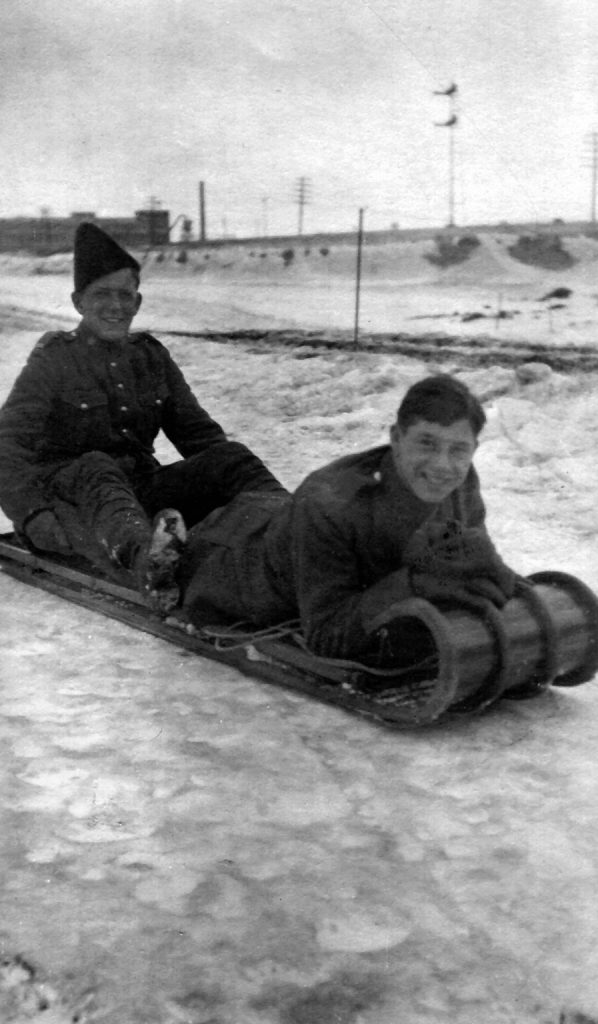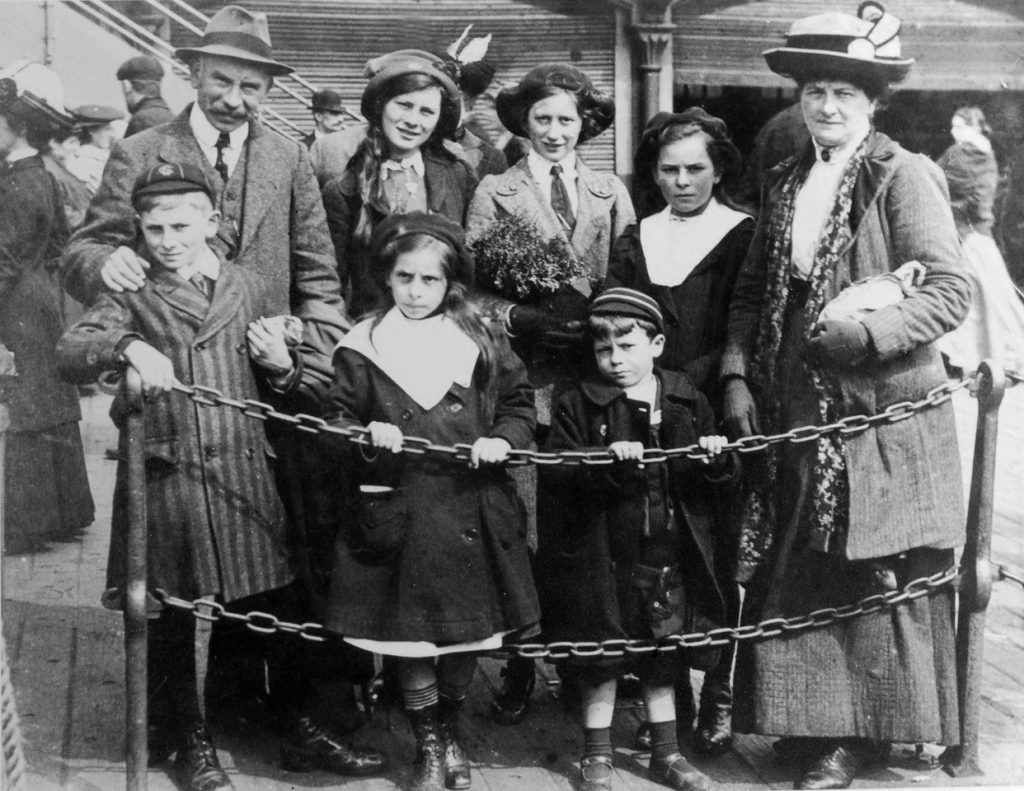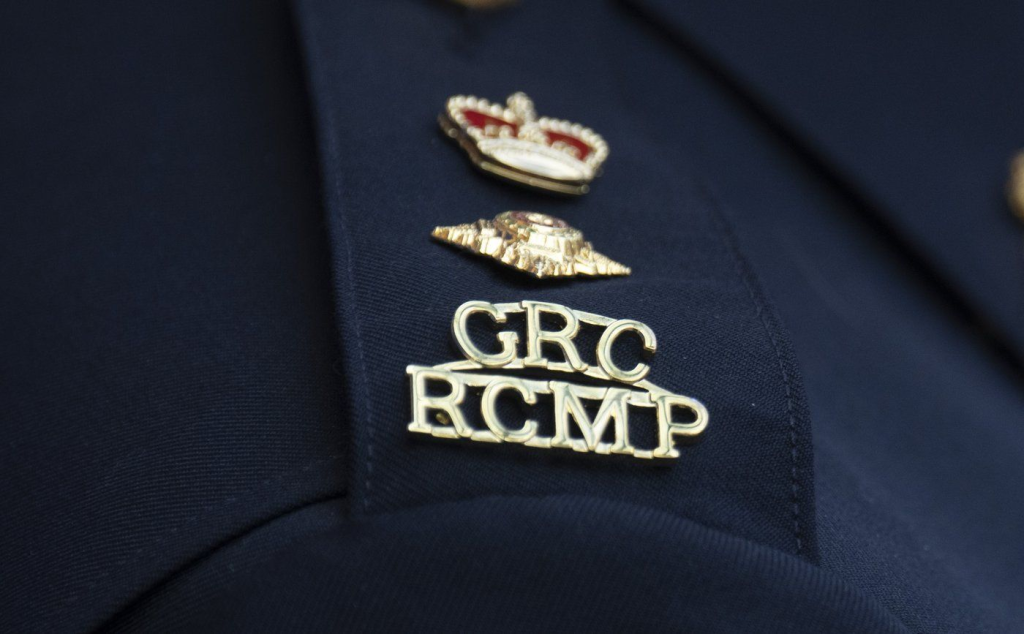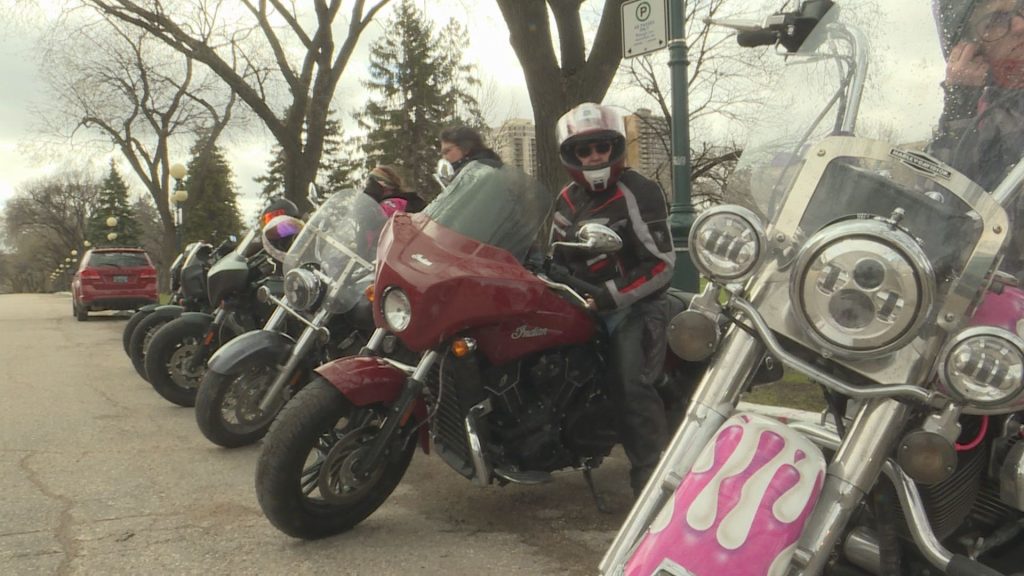Grave of unknown WWI soldier recently identified
Posted May 4, 2023 4:34 pm.
Last Updated May 5, 2023 12:41 am.
The grave of an unknown soldier in Belgium was recently identified by the Canadian armed forces casualty identification program as a World War I soldier from Winnipeg.
Capt. Scott McDowell is a great-nephew of Cpl. Frederick Percival “Percy” Bousfield; the soldier who was recently identified. McDowell says he knew about Bousfield growing up but didn’t really find out more until he started working at the Directorate of History and Heritage. McDowell found out about the discovery during an all-hands teleconference at work.
“It blows my mind every time I think about it,” said McDowell, who is a War Diaries Officer with the Directorate of History and Heritage. “The world stopped spinning for a moment because it was like, ‘oh my goodness.’ Of all the Canadians killed in the Great War, casualty ID had identified my family member.”

Cpl. Frederick Percival “Percy” Bousfield; the soldier who was recently identified.
(Photo Credit: Department of National Defence)
Cpl. Bousfield was born in England, but his family immigrated to Canada in 1912 and eventually settled in Winnipeg. In January of 1915, he was assigned to the signals section of the 43rd Canadian Infantry Battalion. After training in England for one year, he was promoted to corporal and sent to France in February 1916. His first battle was the Battle of Mount Sorrel, outside of Ypres, Belgium from June 2 to 13 in 1916. He was killed on June 7 by an enemy shell at just the age of 20.
“The outpouring of support that I have seen over the past few days and knowing how this story has touched the lives of people around me is overwhelming.”
Cpl. Bousfield’s name was engraved on the Menin Gate Memorial, along with other soldiers killed in Ypres, Belgium during the First World War who have no known grave. Dr. Sarah Lockyer, who heads the casualty ID program, says identifying a soldier from well over 100 years ago is not rare.
“The Casualty Identification program works on two types of different investigations, and this is one we call the graves investigation our graves cases. We are working on 40 of these where we are trying to see if we can identify the occupant of the grave because he has been buried as an unknown soldier,” said Dr. Lockyer.



Lockyer says the majority of the cases are linked to cemeteries located in Belgium and France. She says there are 27,000 Canadian soldiers missing from WWI, WWII, and the Korean War.
“The work absolutely has to continue, and it makes it all worth when we are able to tell the families that we have found their relative and we now know where they are. It’s the most amazing feeling to be able to return somebody’s name to them.”
McDowell says he plans to go to Belgium to pay his respects to his great Uncle.
“It’s brought the family together in a beautiful way, so we’ve gone through all the feelings – the sadness, the joy. It’s overwhelming, really.”








